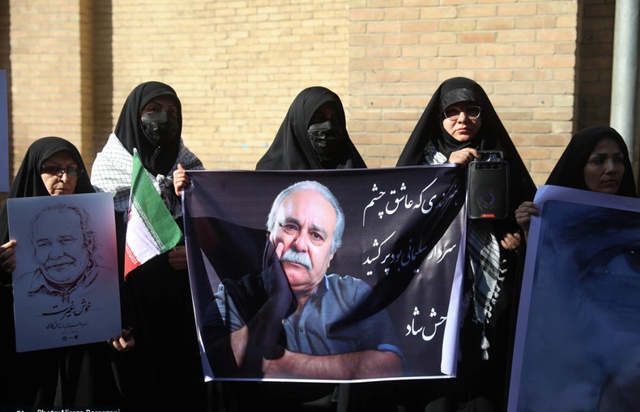During this time, people often share personal stories, cherished memories, and moments that highlight the impact the deceased had on their lives. Through these exchanges, the ceremony helps transform grief into remembrance, turning pain into a lasting tribute. The act of gathering also reminds mourners that they are not alone in their sorrow. It allows them to draw strength from others and begin the slow, healing process of adjusting to life after loss.
These are guided by specific faith customs, prayers, and rituals. For example, Christian, Muslim, Hindu, and Buddhist services each have unique elements that reflect their spiritual beliefs about death and the afterlife. These focus on celebrating the individual’s life and values rather than religious doctrine. A celebrant or family member often leads the service, sharing stories, readings, and music chosen to represent the person’s spirit.


